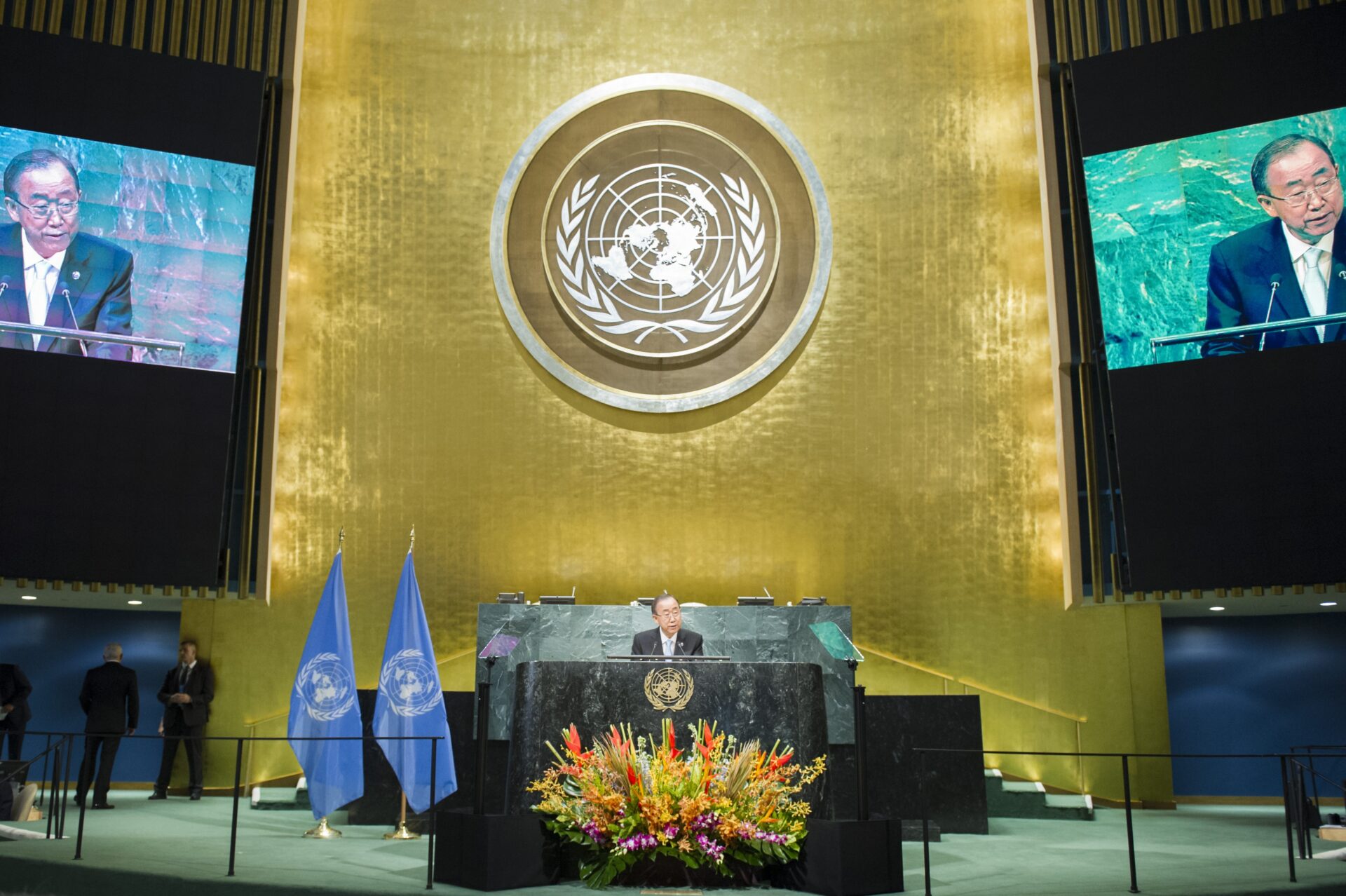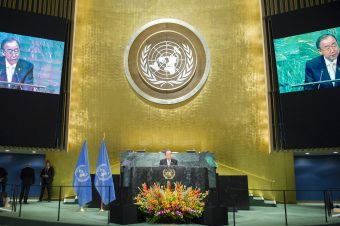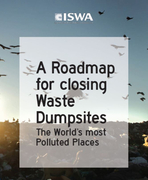 This week at the 2016 ISWA World Congress in Novi Sad, Serbia ISWA announced the publication of its latest report, A Roadmap for the Closure of Waste Dumpsites. This roadmap will shape a fundamental part of ISWA’s agenda over the coming years as ISWA plans to invest significant energy into helping close some of the most dangerous waste facilities on the planet.
This week at the 2016 ISWA World Congress in Novi Sad, Serbia ISWA announced the publication of its latest report, A Roadmap for the Closure of Waste Dumpsites. This roadmap will shape a fundamental part of ISWA’s agenda over the coming years as ISWA plans to invest significant energy into helping close some of the most dangerous waste facilities on the planet.
As this article in D-Waste Dive acknowledges, between Dec. 2015 and June 2016, there have been more than 750 deaths globally related to poor waste management in dumpsites and associated health impacts.
The dangers of the these dumpsites is very real and affects significant numbers. Open dumpsites receive approximately 40% of the world’s waste and serve three to four billion people.
Source: source.org





 The Secretariat’s Annual Implementation Report published today outlines the progress achieved by the Energy Community Contracting Parties in implementing the acquis communautaire under the Energy Community Treaty. The current state of implementation is marked by Albania, Kosovo*, Moldova, Montenegro, Serbia and partially Ukraine having transposed the Third Energy Package. Bosnia and Herzegovina and former Yugoslav Republic of Macedonia continue to fail in this endeavour, more than one and a half years after the transposition deadline set by the Ministerial Council.
The Secretariat’s Annual Implementation Report published today outlines the progress achieved by the Energy Community Contracting Parties in implementing the acquis communautaire under the Energy Community Treaty. The current state of implementation is marked by Albania, Kosovo*, Moldova, Montenegro, Serbia and partially Ukraine having transposed the Third Energy Package. Bosnia and Herzegovina and former Yugoslav Republic of Macedonia continue to fail in this endeavour, more than one and a half years after the transposition deadline set by the Ministerial Council.
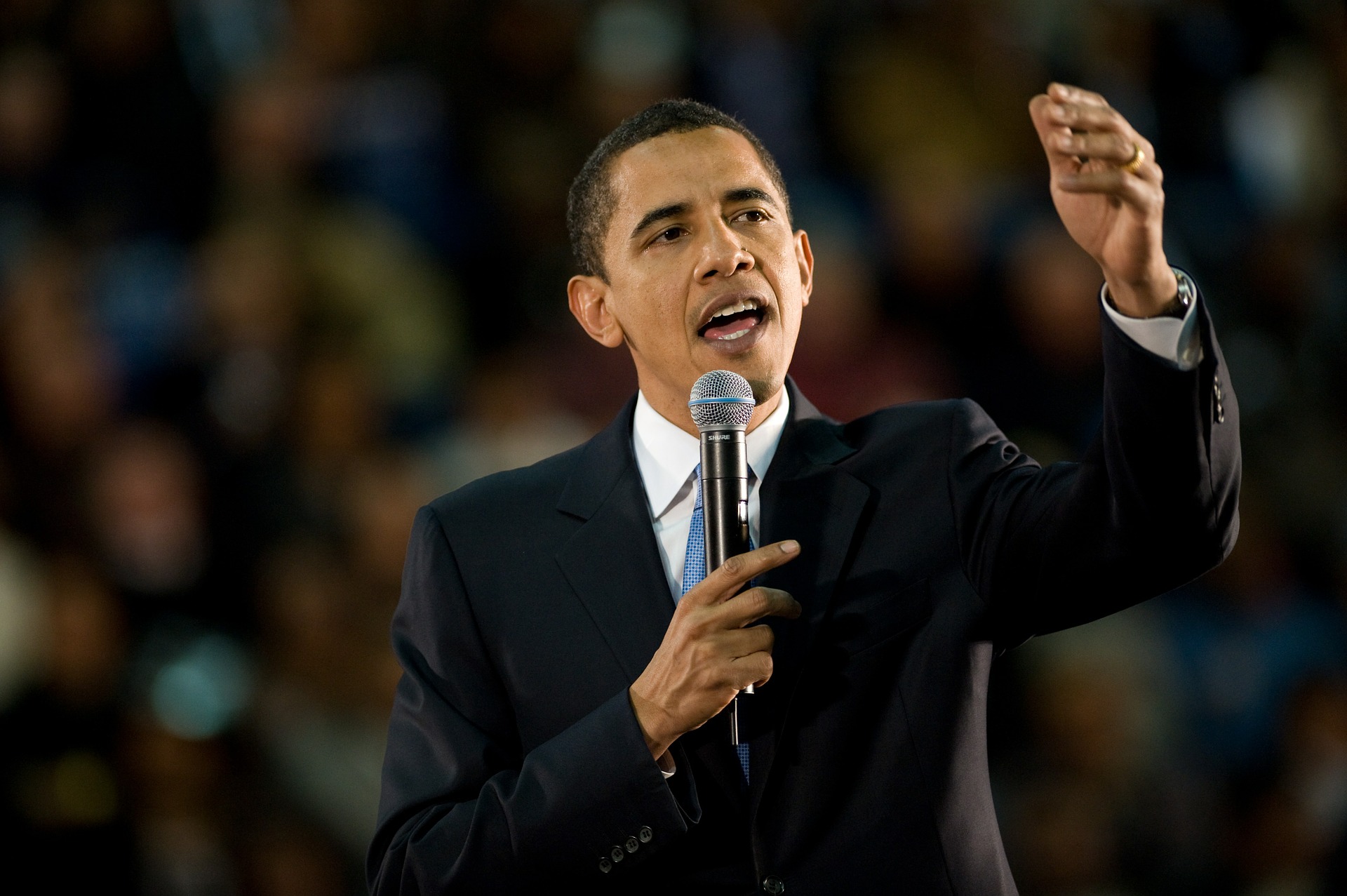

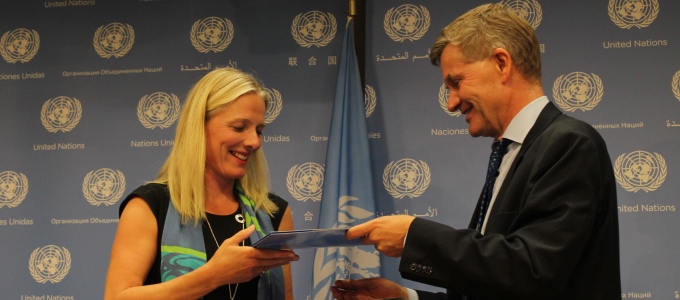
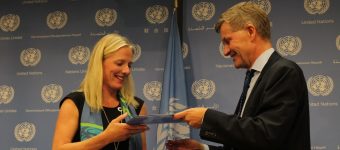 Canada last week demonstrated its commitment to environmental action as Minister of Environment and Climate Change, Catherine McKenna, and UN Environment chief Erik Solheim announced that Canada will host World Environment Day in 2017.
Canada last week demonstrated its commitment to environmental action as Minister of Environment and Climate Change, Catherine McKenna, and UN Environment chief Erik Solheim announced that Canada will host World Environment Day in 2017.

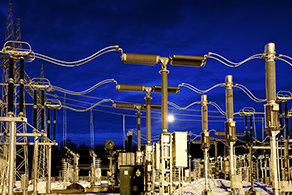

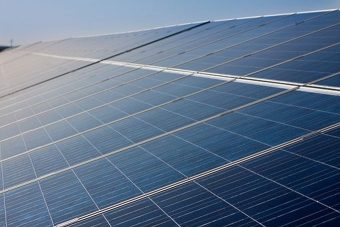

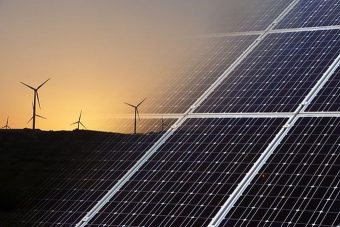


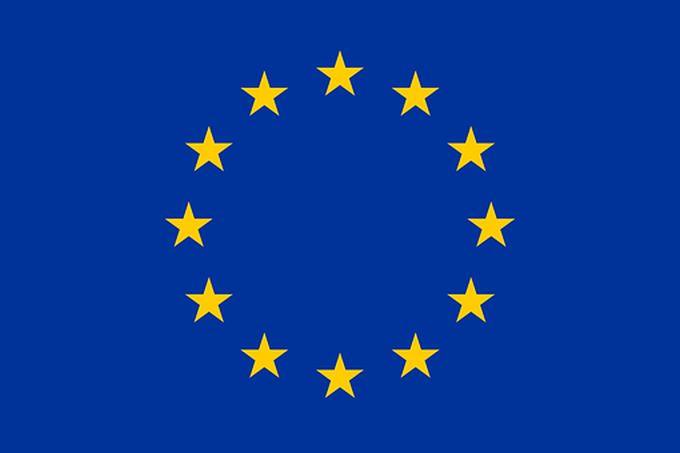


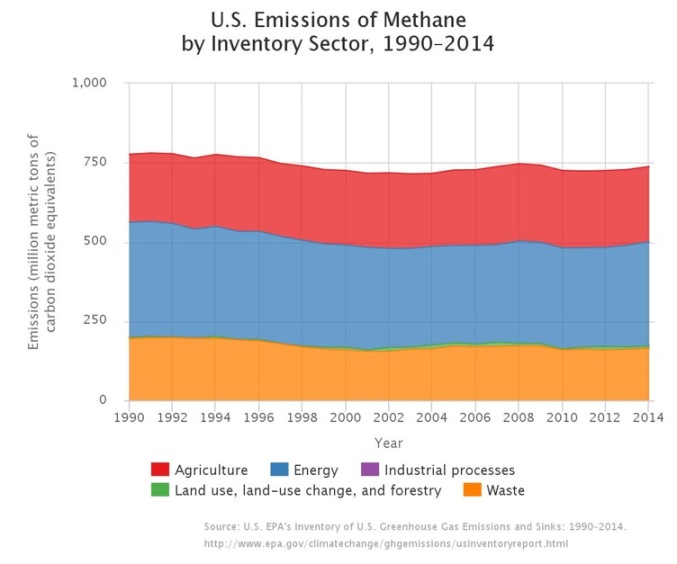
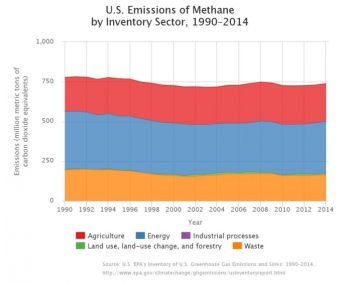 API Upstream Group Director Erik Milito discussed ongoing industry efforts to reduce methane emissions and the risk to emissions reductions progress posed by adding new layers of regulation during testimony this week before the environment subcommittee of the U.S. House Science, Space and Technology Committee. Highlights from Milito’s submitted remarks:
API Upstream Group Director Erik Milito discussed ongoing industry efforts to reduce methane emissions and the risk to emissions reductions progress posed by adding new layers of regulation during testimony this week before the environment subcommittee of the U.S. House Science, Space and Technology Committee. Highlights from Milito’s submitted remarks: